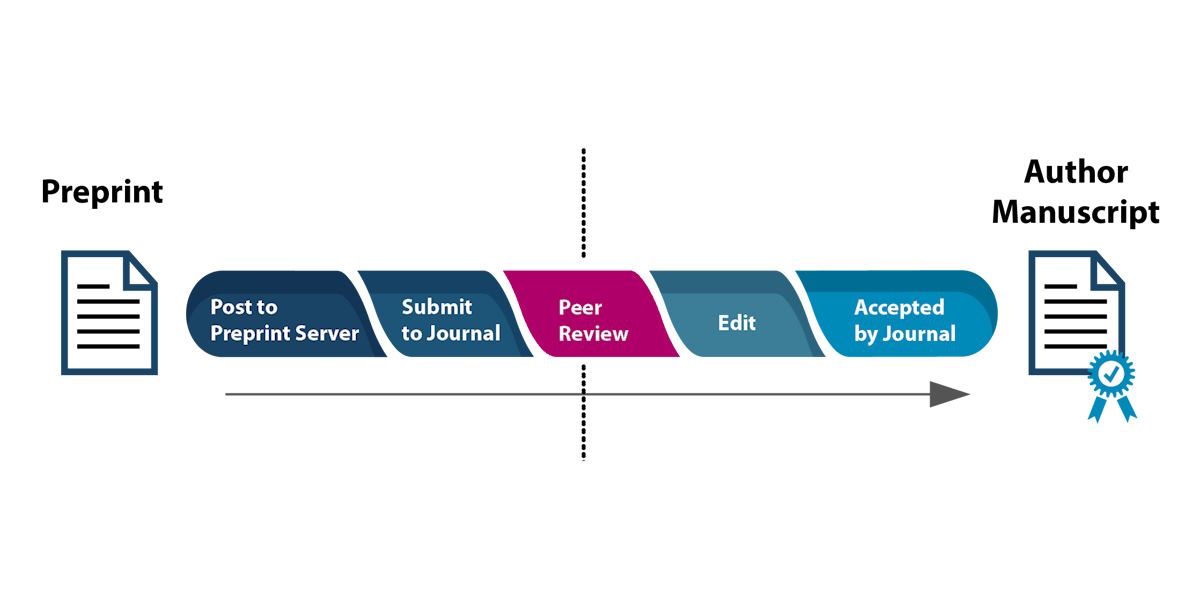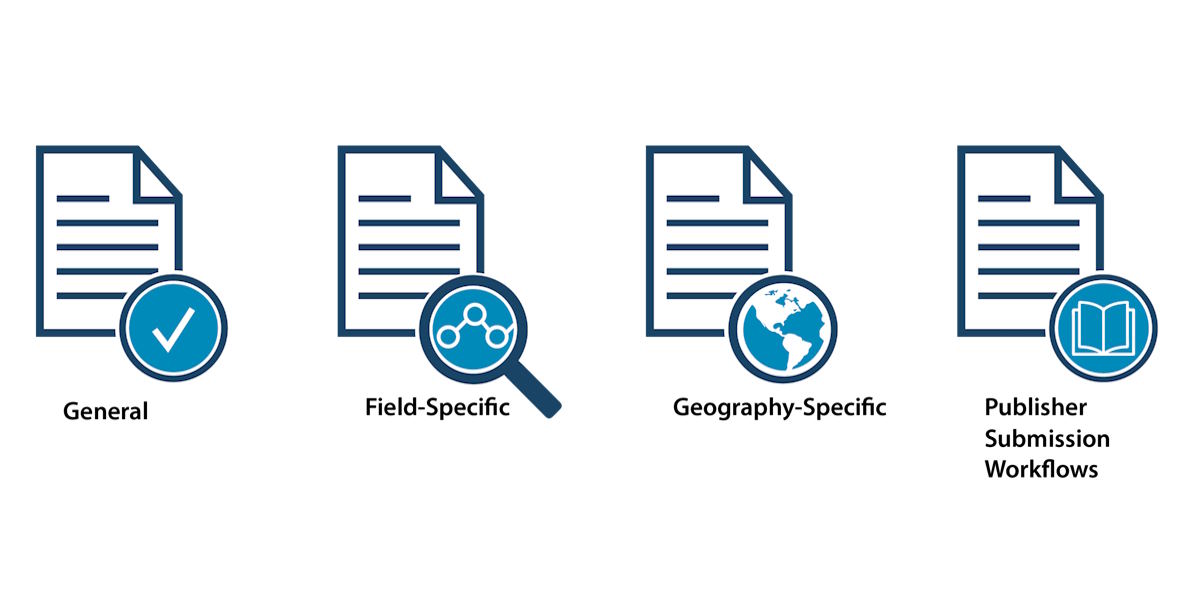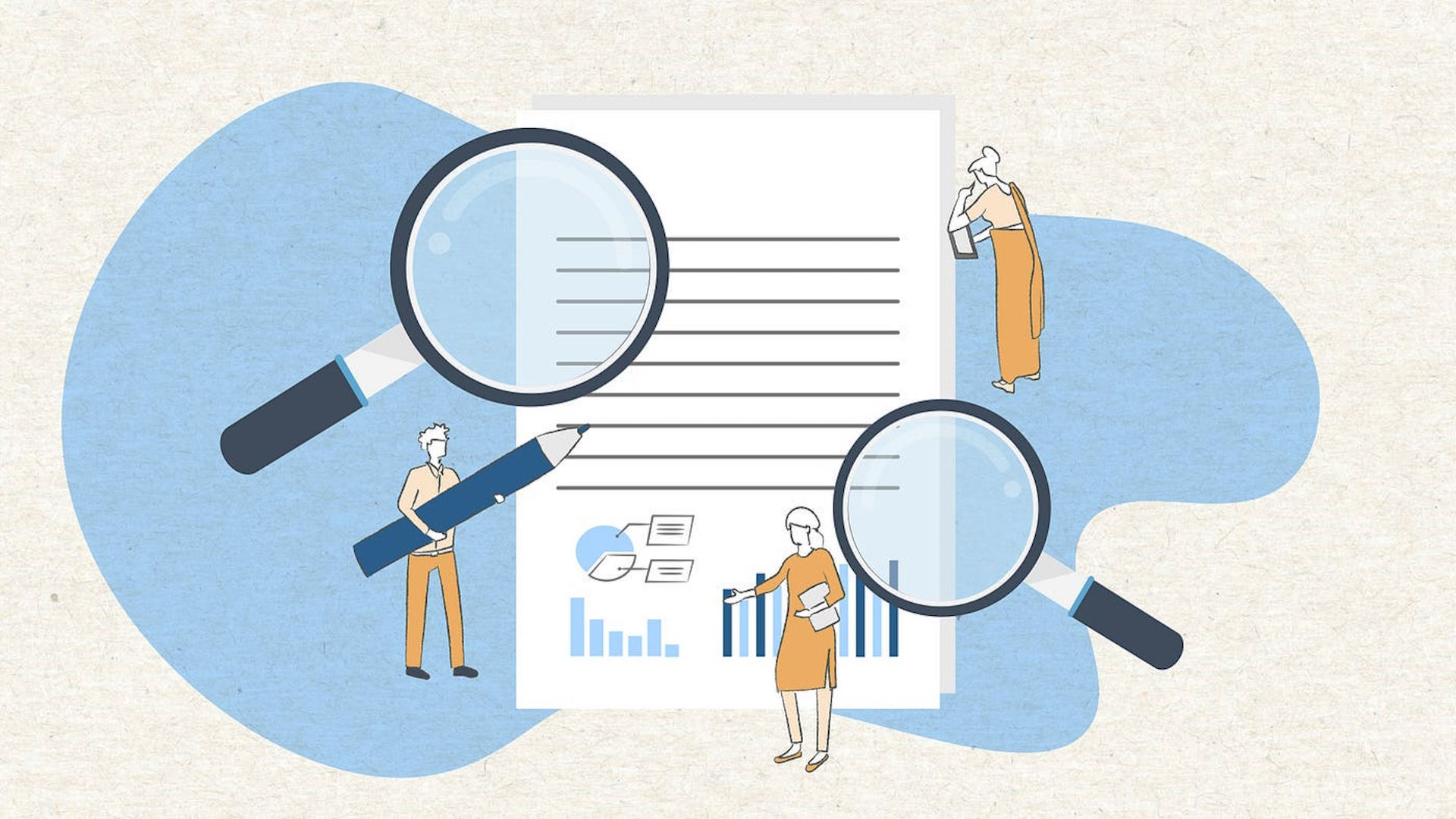The Benefits and Challenges of Preprint Repositories
— 07/05/2024
A preprint is a manuscript properly prepared for publication as a journal article. This article gets shared before peer review by a journal. The preprint publication allows the immediate sharing of research results. This supports the searcher avoid waiting so long to find out regarding the research that is done.
Understand the fundamentals of the preprint servers.
Preprint servers are repositories online and designed to let users post the early version of their papers online. It is a suitable time to make certain the real impact of preprints on academic publishing in detail. The preprints let users share their findings with the research community as well as the public without delay. There is no need to wait for the peer review process and journal acceptance. This approach maximizes the visibility and impact of the work. It fosters collaboration and feedback from others in the research community.

Preprints enhance the quality and transparency of the research as you can include data, details, and code further than things in a journal article. You can also update or correct the preprint as per comments or new evidence. The best preprints let researchers to successfully share their findings almost immediately with the community. They facilitate prompt feedback and maximize the dissemination of knowledge.
There are so many benefits for early access to research findings today. However, some of these benefits are accelerated discovery, priority of discovery, community input, early recognition, improved medical treatments, technological advances, reliable knowledge, collaboration, citation, and new research chances. Sharing data early in the research process is helpful to scientists to avoid repeating each other’s work and get the potential to build on the findings of their peers.

Risks associated with preprints
Research enhances the services and treatments not only for the present generation but also for the future generations. Early access to research findings gives more than expected benefits to everyone. This approach speeds up the pace of scientific recovery and authors can claim priority of discovery for their work. This method leads to economically valuable technological advances.
Are you aware of the risks of preprints in scientific dissemination? Some of these risks are low-quality research, misleading information, disrupting traditional publishing, loss of chance to publish in peer-reviewed journals, and confusion for the general public. You may think about how to address these challenges. You have to ensure that preprint services are successfully implemented quality check controls like the ethics committee approval, plagiarism checks, and basic scientific value assessment.







